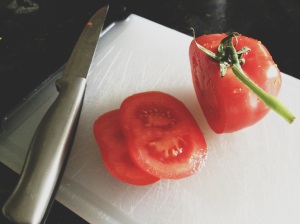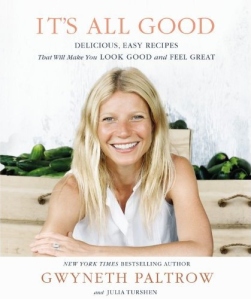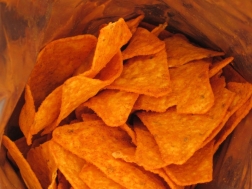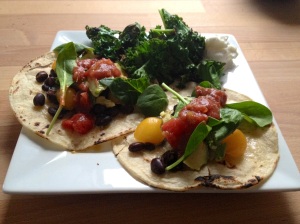In what seems like a single day, summer has hit Burlington. Though I have no complaints about these sudden sunshine-filled days and high temps, I’m not too sure if my brain and body are on the same page, considering my legs haven’t seen the light of day for what feels like years. Feeling at all self-conscious about my appearance always leads me to think of others, others who never feel comfortable and confident in their own skin, especially around bathing-suit season. In a society with great emphasis on being stick thin, but sky-rocketing obesity rates, the picture of health in America has become unclear and difficult for many to interpret. So who suffers most? Who feels the pressure of being thin, young, and beautiful to the greatest degree, but also suffers from this growing obesity epidemic most? That’s right, children. Childhood obesity rates are on the rise, and this audience is also extremely susceptible to what the media is portraying as a healthy body image, that being basically skin and bone.
In my opinion, this issue begs the question of whether or not schools should be held responsible for helping children make healthy choices, and keep their eating habits and weight in check. Should regimented diets be put in place, helping to manage the health of children? Some would say absolutely, while others would argue that it’s up to the parent or guardian to encourage healthy eating habits. Whether you believe the blame for this epidemic is placed on school officials or guardians, it is obvious that attempting to place blame on individuals and groups has gotten us nowhere close to resolving this problem. From the get go, children are extremely impressionable, and in the end, the more information and education they get regarding healthy eating habit, the better, regardless of where it is coming from.
Science and health reporter Scott LaFee wrote an article for the San Diego Union-Tribune entitled, How Much Responsibility do School’s Bear for Addressing the Obesity of their Students? In this article, LaFee made it obvious that he believed it was the duty of the parents/guardians to educate children about healthy eating habits. While I can see this side of the argument, I can’t help but be the devils advocate. What if unhealthy and poor eating choices are being made at home? At a young age, children wouldn’t even be aware that they are eating poorly. This brings me to Ludmila Battista and Lisa Wright’s opinion in Chidhood Obesity: What School’s Can Do to Make a Difference, that being that school’s can make a big difference in this epidemic. These women believe that having federally funded, educational programs in schools is beginning to lead the way in making for a healthier population of children.
In all honesty, I can see both sides of the argument, and like any hot topic, there are strong arguments for both sides of the story. One way or another, change must come about, as we cannot continue to allow this epidemic to spread. What, in your opinion, is the solution to childhood obesity? Do you agree that it’s up to the parents/guardians to educate their children? Or do you think having educational programs in schools would be beneficial as well?
WP 5/7

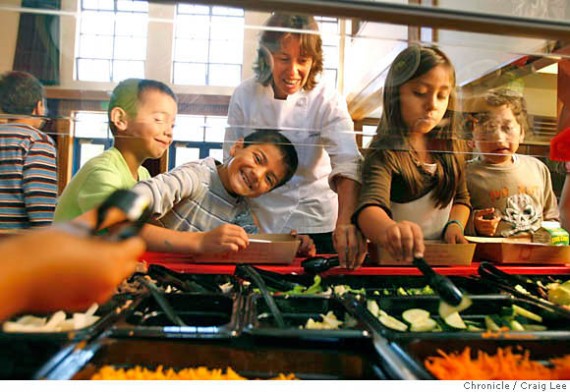


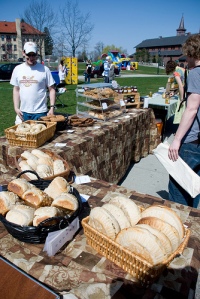
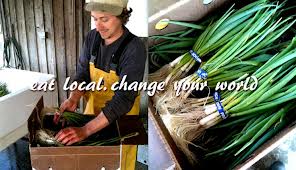
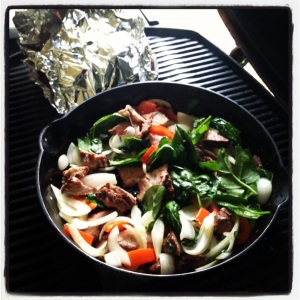 One of the thingsthat madethis process so much fun was using the ingredients given to us weekly in our CSA share. The vegetables and fruits that we received were grown and harvested by our neighborhood farmers, so all ingredients were as fresh as they come. Not only did these foods fill our bellies, but also our hearts, as we enjoyed knowing that we were supporting our local economy.
One of the thingsthat madethis process so much fun was using the ingredients given to us weekly in our CSA share. The vegetables and fruits that we received were grown and harvested by our neighborhood farmers, so all ingredients were as fresh as they come. Not only did these foods fill our bellies, but also our hearts, as we enjoyed knowing that we were supporting our local economy.